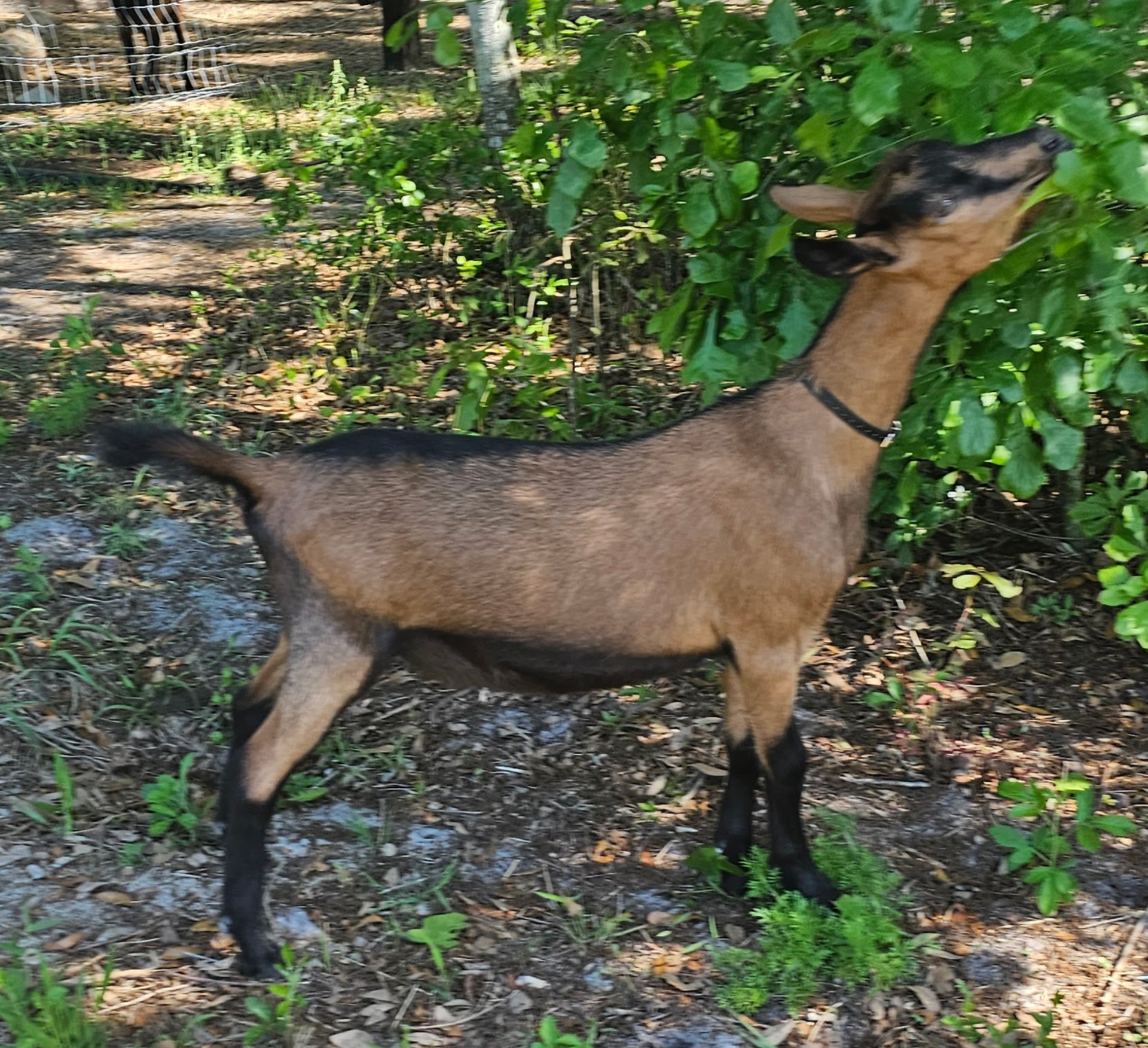
Oberhasli Goats
We raise Oberhasli goats, a calm, dependable dairy breed that’s as beautiful as it is productive. Originally from the Swiss Alps, Oberhaslis are known for their rich mahogany coats, steady temperaments, and clean, sweet-tasting milk. We chose them for their balance of elegance and practicality: hardy enough for the Southern climate, gentle enough for families, and productive enough for both homesteads and small dairies.
If you’re still deciding whether goats are right for your own farm or homestead, visit our "Why Oberhasli Goats?" page to learn why we fell in love with these incredible animals and why we think you might too.
Origin and History:
Oberhasli goats are a distinguished dairy breed with roots in the Swiss Alps, specifically the Oberhasli region that gave them their name. These goats were originally known for their dependable milk production and their ability to thrive in rugged alpine terrain. They were first brought to the United States in the early 1900s, where they were initially grouped under the “Swiss Alpine” label before being officially recognized as their own breed in the 1970s.
Known for their rich mahogany coloring with distinctive black markings, Oberhaslis have remained a smaller, dedicated breed compared to others. Prized by people who value their combination of elegance, calmness, and reliable production. Today, they continue to stand out as an ideal dairy goat for both homesteads and show herds alike.
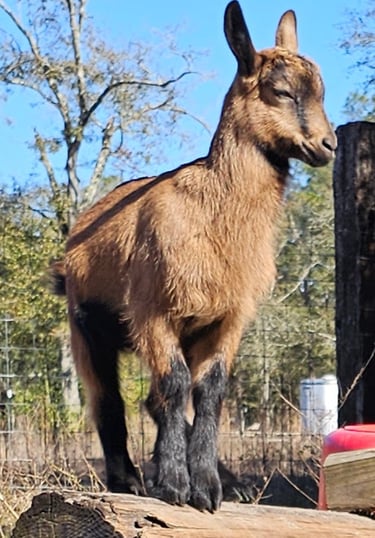

Adaptability:
Oberhaslis are naturally hardy and adaptable, having evolved in the steep, rocky regions of Switzerland. That background makes them resilient to both cold winters and warm southern climates, provided they have good shelter and steady care. They handle the Georgia humidity and heat well, and their thick coats protect them in the colder months.
They’re also efficient foragers, thriving on brush, leaves, and weeds rather than needing pristine pasture. This makes them an excellent choice for rotational grazing and brush control on diversified farms.
All of our goats are either polled (naturally hornless) or disbudded at Loki Farms. Both for their safety and ease of management. Horned goats can get caught in fencing or injure other herd members, especially when playing. If you're wanting to purchase one of our kids horned, we can accommodate with a non refundable deposit.
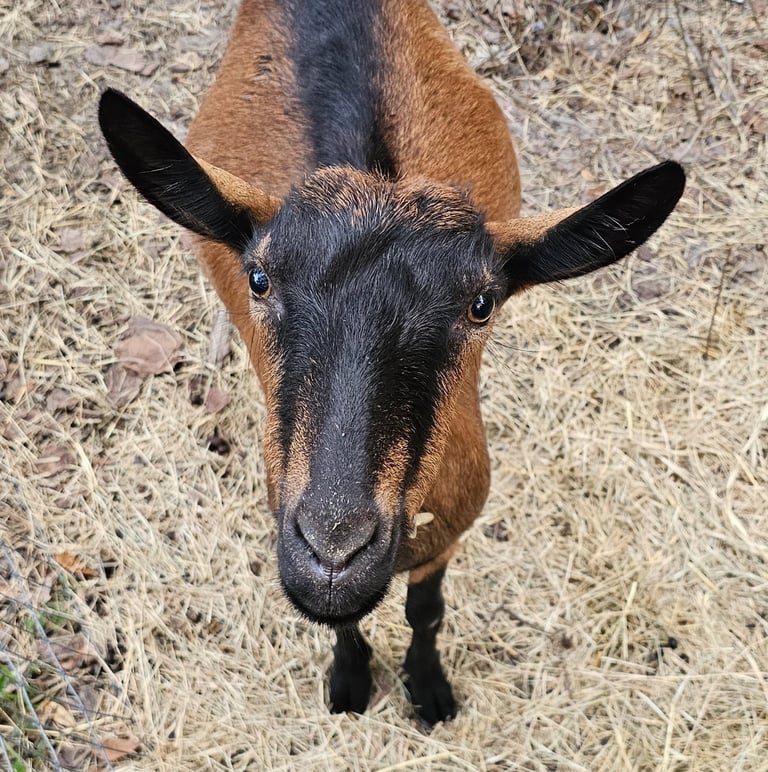

Care and Management:
Oberhaslis require similar care to other dairy breeds: a balanced diet of quality hay, fresh water, loose minerals, grain for milkers or bucks in rut, and regular hoof trimming and deworming as needed.
We’ve found Oberhaslis to be clean animals, much tidier than cows when I milked in high school. They don’t like standing in the rain and greatly appreciate a dry shelter. Contrary to the old saying, they don’t eat everything in sight; in fact, they can be surprisingly picky and cautious about new foods.
Their gentle nature makes them easy to train and handle once you establish a routine. We feed twice a day, with morning and evening milkings, though not at the crack of dawn. They’re flexible and forgiving of real-life schedules. Bucks can lose a little weight during rut, so we supplement their feed and minerals during that time to help them maintain condition.
We’ve had very few escape attempts. Our fencing is 4-foot woven wire, with plans to add a hot wire at the top mainly to keep horses from reaching over. Once settled, the goats stay content. No climbers, no wanderers, and no drama.
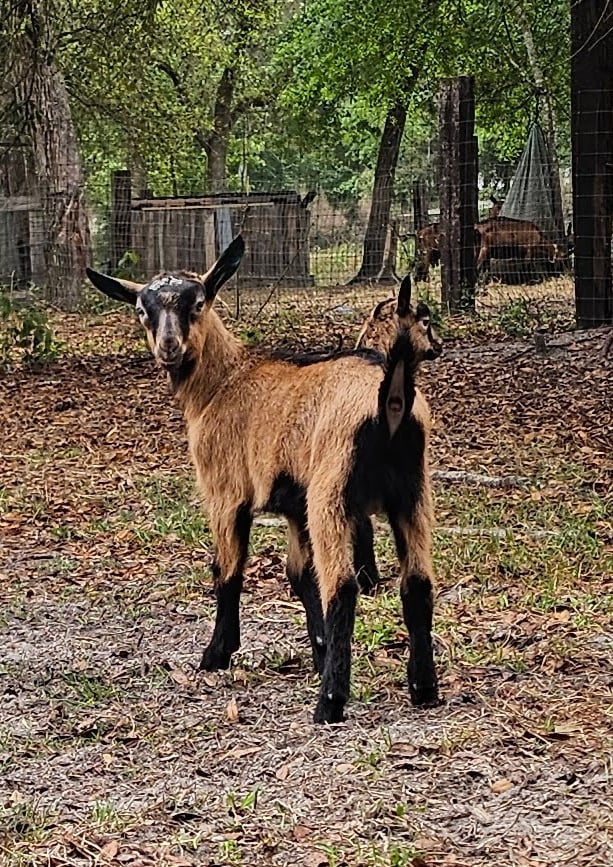

Breeding and Genetics:
Breeding Oberhasli goats is as rewarding as it is purposeful. Each year, we plan our pairings to improve specific traits like udder attachment, rump width, milk flavor, and frame strength.
The buck we added for the 2025 breeding season comes from proven genetics: a Champion dam (CH) and Grand Champion (GCH) line known for excellent udders and overall correctness. And our senior buck, Axel has a very thick sturdy frame. The two bucks complement each other well and add very different traits that we're looking to combine together in our herd overall. You can see pictures and info of each of our goats on the "Our Oberhasli Goats" page.
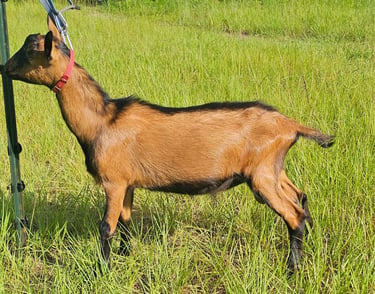

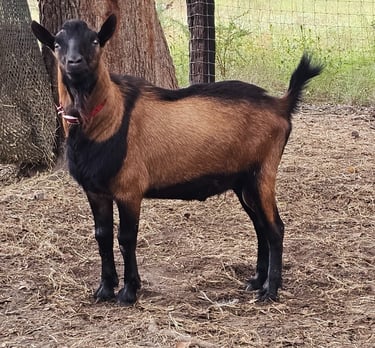

Our long-term goal is to develop nice long dairy does with high, well-attached udders, smooth foreudder transitions, and wide, level rumps, with a nice naturally wide rear stance like we see with Tails and his lineage. I would also like to increase the bone density on the dairy structure in some of the does, much like what we got with Daisy and Axel's offspring, Poppy. And the most important overall is maintaining the calm, patient temperament our herd already has.
Breeding Oberhasli goats can be a rewarding experience, especially for those looking to enhance specific genetic traits. With strong dairy lines, breeders often select for optimal milk yield, sound conformation, and robust health. The breed's distinctive coloring and markings are also a point of interest for breeding enthusiasts. Our goals are more towards more robust frames, but still dairy looking animals with correct conformation, health and environmental hardiness, and milk taste over quantity.
Milk Production:
One of the most defining traits of the Oberhasli goat is its milk — rich, creamy, and mild-flavored. A well-managed Oberhasli can produce 1 to 1.5 gallons per day at peak, with a butterfat content of around 3.5% to 4%, perfect for making cheese, yogurt, or soap.
Our girls consistently produce at peak:
Daisy: up to 1.5 gallons/day
Gem, who's udder is pictured here: around 1 gallon/day as a first freshener
Iris: ¾ gallon/day as a yearling first freshener
Their milk is clean, sweet, and never “goaty” even when fresh as long as we keep up with mineral needs. We believe it tastes better than cow milk. Smoother, a little sweeter, and very clean tasting. It’s also gentle on the stomach and versatile for everything from coffee and cereal to soapmaking and cheese.
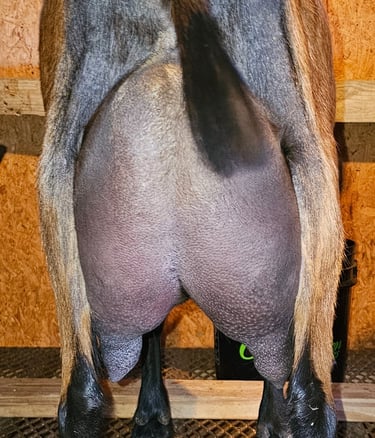

The Oberhasli Advantage:
Oberhasli goats are often celebrated for their clean, sweet milk, but that’s just part of their story. These goats are balanced, sturdy, and versatile, capable of much more than producing a daily pail of milk. Their calm, dependable nature and solid conformation make them well-suited for pack work, brush control, and even showmanship.
They thrive on routine and interaction, quickly becoming an enjoyable part of everyday farm life. Their intelligence and good temperament make them a favorite for families and first-time goat owners, while their steady production and resilience appeal to experienced breeders and homesteaders alike.
Here at Loki Farms, we value Oberhaslis not only for their utility but for their personality and presence. They bring humor, calm, and connection to our daily routine. Whether milking in the quiet of the evening or watching kids play at the fence.

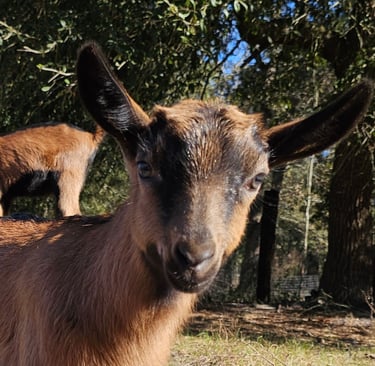
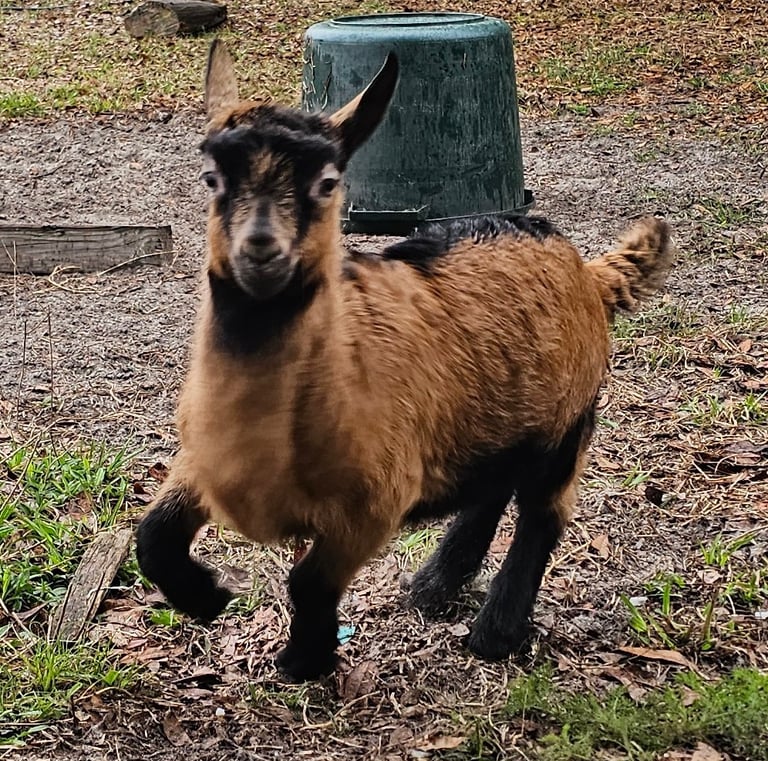

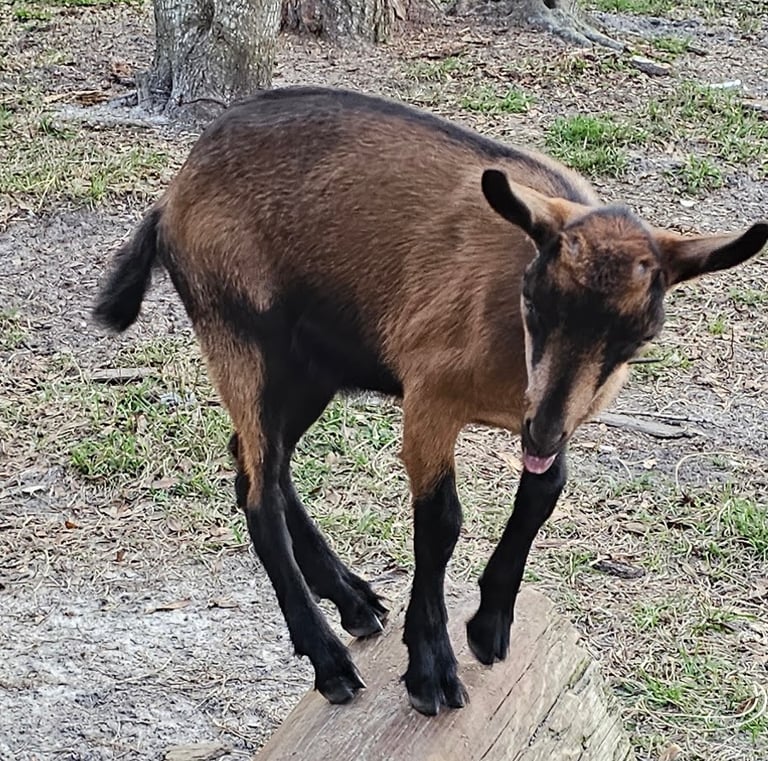

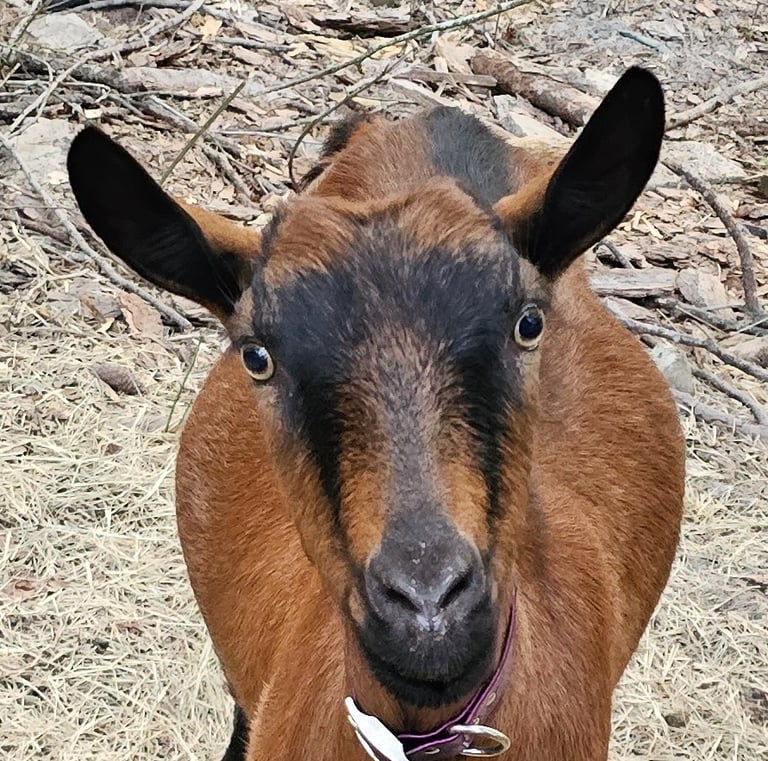

info@lokifarmsoutpost.com
© 2024. All rights reserved.
By appointment only
